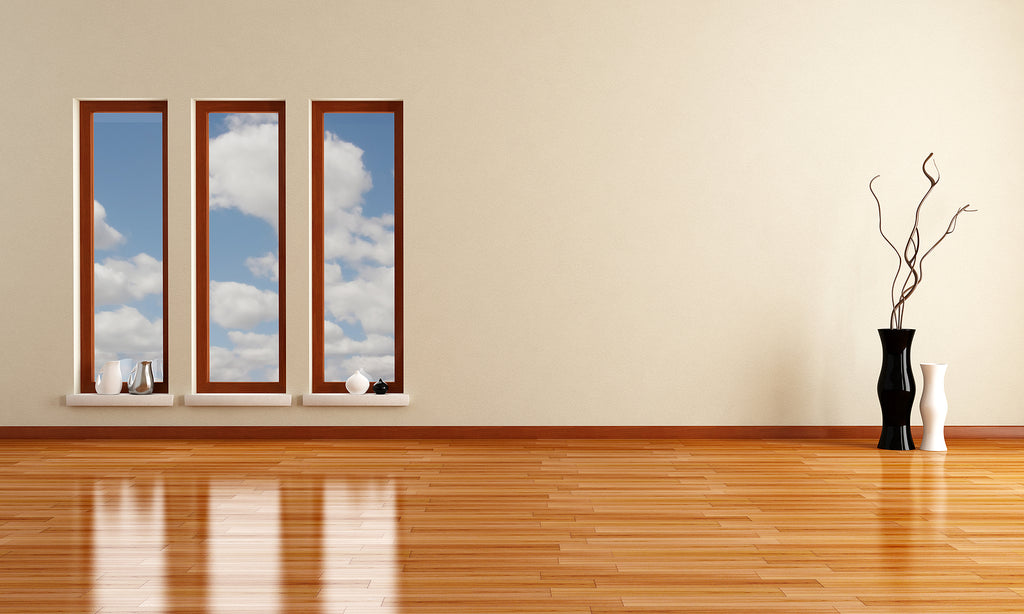How to restore a wooden floor

No matter how careful you are, repairs and maintenance are a relatively non-negotiable part of owning a wooden floor. Plenty of help is available for those needing a bit of restoration, though. For as-good-as-new flooring, read our guide on how to restore a wooden floor.
Tips for restoring wooden floors
Sand scuff marks
To correct scuff marks, try sanding down all the floorboards in your room until they match the colour of the marked bands. Then, re-stain and varnish your flooring for a fresh-looking floor.
Refinish scratches
Generally speaking, if it’s a fine or single scratch, sanding down the board and refinishing it with a light varnish will do the trick.
However, if you are dealing with deep, gouge-like scratches, you may want to consider replacing the single board, which could require a little more technical support.
Touch-up oils for wooden flooring
You can buy touch-up oil for wooden floors with small spots or defaults. Touch-up oil can furnish wooden flooring with a protective layer without marring its natural grain pattern or unique characteristics.
Consider chip cover-ups
Wood scratch concealers exist in multiple shades, from natural oak to dark mahogany, and can be layered up to suit the colour of your flooring. Like using concealer to cover a spot, you can repair minor floor imperfections with a refined polymer resin wood filler.
Renew boards with water damage
Sadly, it’s rarely good news if your wooden flooring has suffered water damage. In 99% of cases, your best option is to renew your floorboards. Left unchanged, the boards can swell, further damaging the floor's structure.
Depending on the extent of the damage, you might get away with just replacing the damaged panels, though.
Stain your floors
Wood stains are a great way to reinvigorate flooring after a lifetime of hard wear. You may want to invest in a specialist to optimise staining solid wood floors. If you’re eager to try it yourself, make sure to:
- Wear protective gear, such as a face mask and gloves – avoid staining your skin or inhaling any toxic fumes!
- Sand the floor first – ensure it’s smooth as silk to receive the stain well.
- Prep your stain – create your mix with water-based or spirit-based stains, then pour it into an open, contained surface for you to dip your rag in.
- Apply your stain twice – have two rags, one for the first application and one for a refined, even finish. Remember to start from the furthest wall from your entrance/exit and work back from there, leaving a little corridor for you to apply the second application. Otherwise, you’ll have to walk over the stained area before it's dry, which could (re)damage your floorboards.
Hopefully, the above tips help to restore your wooden floor. But if there are hiccups along the way, Trade Coatings is here to help. Contact us for advice on technically advanced lacquers, coatings, and finishes – trusted by reputable joineries, builders, and artisans for over 30 years.
Trade Coatings - the best products at the best prices.
Got a technical query? No problem.
Give us a call on 01604 781880 or send us a message and we’ll be happy to help.



